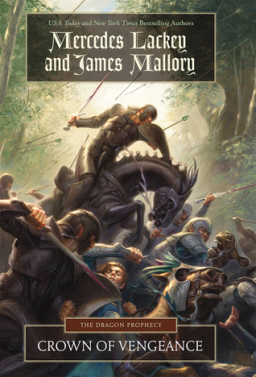Teaching and Fantasy Literature: More on Writing, and Teaching, on Your Feet
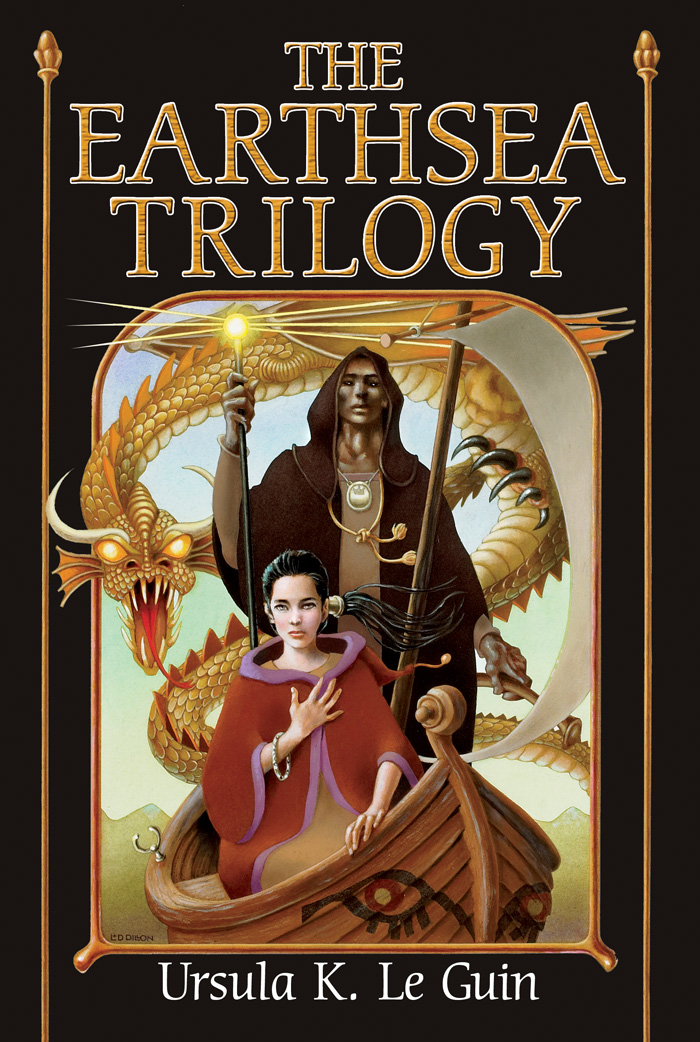 To my surprise, I got a bunch of emails asking for more details about the weird teaching gig I described in last week’s post. How exactly did it work, teaching creative writing while kicking a soccer ball around my student’s basement?
To my surprise, I got a bunch of emails asking for more details about the weird teaching gig I described in last week’s post. How exactly did it work, teaching creative writing while kicking a soccer ball around my student’s basement?
This student was so blocked about writing in most areas of his life that, unless I was right there with him, he rarely wrote anything on his project–as much as he loved it. The first thing we did when we got to our work space was run around kicking the ball back and forth for five minutes or so while he talked his way through what he wanted the next scene to do. As soon as he reached the point where he had some proto-sentences in mind and a paragraph’s worth of ideas about how he wanted to string them together, I’d say, “Okay, now write that down, quick!” We were trying to catch the thought before it got lost. He’d tinker while he got the words on the paper, and sometimes take out his hard copy of the manuscript so far and check details or make small changes to integrate the new material. I pressed him to keep at the pen-on-paper step for a minimum of five minutes; sometimes he wanted to go on far longer than that when he was on a roll. When he ran out of steam for his longhand work, we were up and running again.
In some ways, it was not so different from the office hours I held when I taught freshman composition at a big state university. I learned early in the freshman composition gig not to let the anxious or reluctant writer leave my sight before s/he put some words on paper, or else by the time s/he got back to the dorms, all the ideas we had discussed would have evaporated. In content, though, the texts could not have been more different.
The soccer kid and I read Ursula Le Guin’s A Wizard of Earthsea together early on. He decided the story would have been much cooler if Ged had continued down the dark path of arrogance and folly.

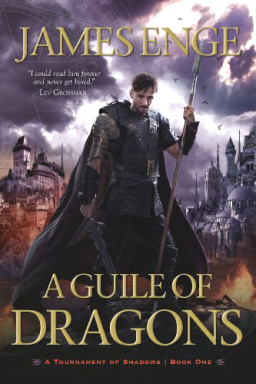
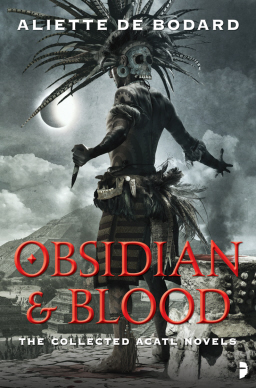
 As so often happens, I was at a book fair the other week when, again as so often happens, I stumbled on a book by a writer I’d heard of at some point and about whose work I was vaguely curious. In this case, the writer was Zenna Henderson and the book was a collection of sf and fantasy short stories called The Anything Box. Which, upon reading, I found to be quite intriguing.
As so often happens, I was at a book fair the other week when, again as so often happens, I stumbled on a book by a writer I’d heard of at some point and about whose work I was vaguely curious. In this case, the writer was Zenna Henderson and the book was a collection of sf and fantasy short stories called The Anything Box. Which, upon reading, I found to be quite intriguing.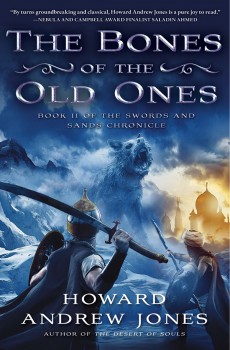
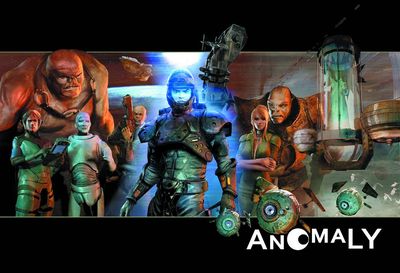
 Typically in these blog posts, I write about some work of fantasy, science fiction, or horror; of fantastika. I’m not sure whether the book I want to write about this time round can be described as any of those things. It’s not always, in fact, easy to distinguish what is fantastic and what is not. Does the distinction lie in what the writer has in mind, or in how the reader interprets the text? If a man who believes himself to be a magician writes about magic, is that fantasy or mimetic fiction? The author describes the world as the author understands it. The reader, reading, then sees the world as the author does: so writing is perhaps inherently magical, a possession. All words are magic words. All stories are true.
Typically in these blog posts, I write about some work of fantasy, science fiction, or horror; of fantastika. I’m not sure whether the book I want to write about this time round can be described as any of those things. It’s not always, in fact, easy to distinguish what is fantastic and what is not. Does the distinction lie in what the writer has in mind, or in how the reader interprets the text? If a man who believes himself to be a magician writes about magic, is that fantasy or mimetic fiction? The author describes the world as the author understands it. The reader, reading, then sees the world as the author does: so writing is perhaps inherently magical, a possession. All words are magic words. All stories are true.